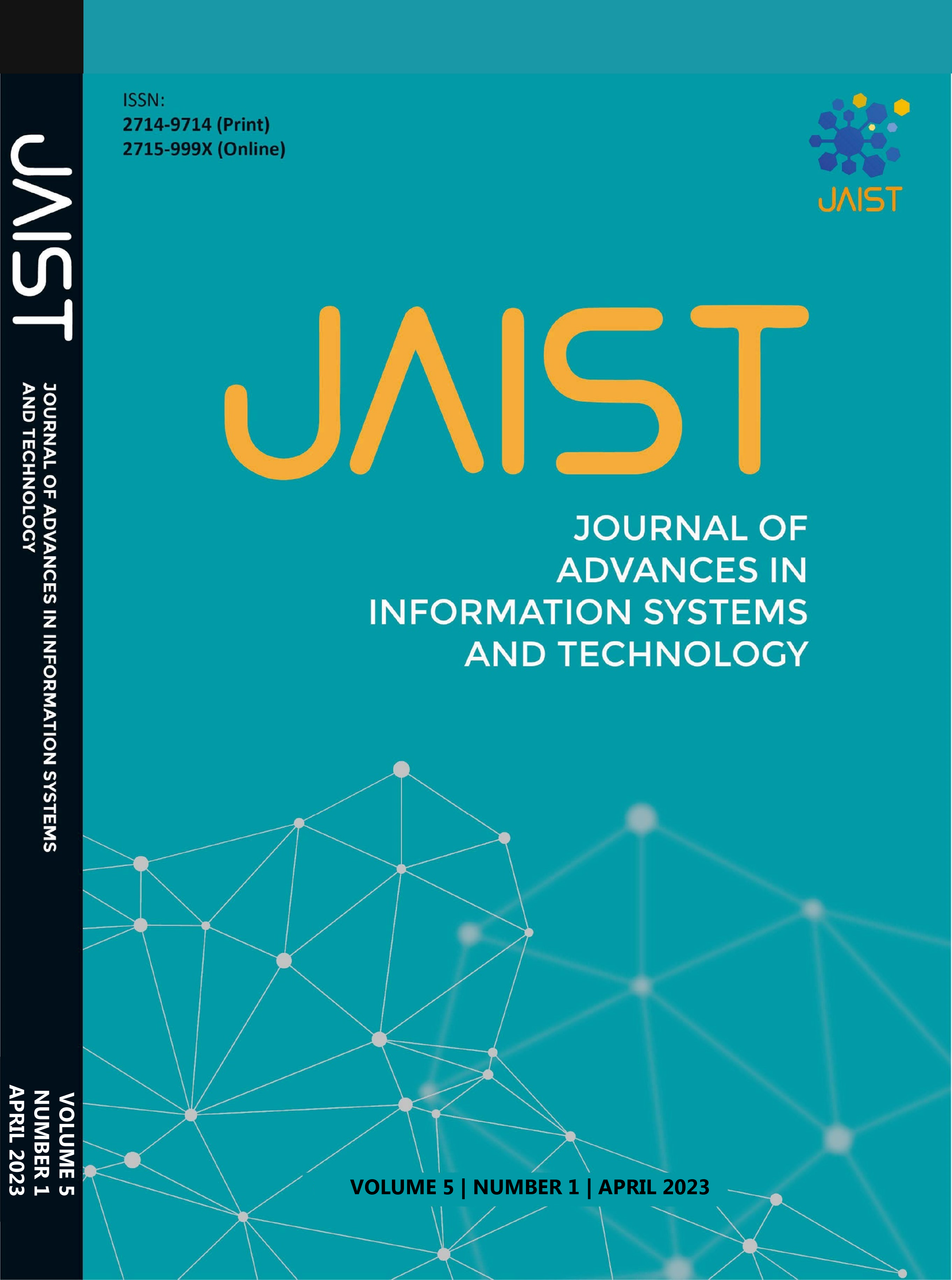Heart Disease Diagnosis Using Tsukamoto Fuzzy Method
Abstract
As one of the leading causes of death in the world, heart disease needs special attention. Heart disease often causes sudden death because the signs of a heart attack are not easy to detect. However, early detection efforts can still be pursued and continue to be carried out, especially using information technology. This study aims to diagnose the risk level of heart disease using Tsukamoto method and involving 11 input variables such as cholesterol, blood pressure, ECG, and others. At the same time, the output variables include healthy, small, medium, large, and very large. The stages of the method consist of four main processes, namely literature review, fuzzy inference system design, applying of Tsukamoto fuzzy, and evaluation. The research concluded that the fuzzy logic of the Tsukamoto method can be used to diagnose the risk level of heart disease, although the model performance is still limited to an accuracy value of 58%.
Copyright (c) 2023 Journal of Advances in Information Systems and Technology

This work is licensed under a Creative Commons Attribution-ShareAlike 4.0 International License.


